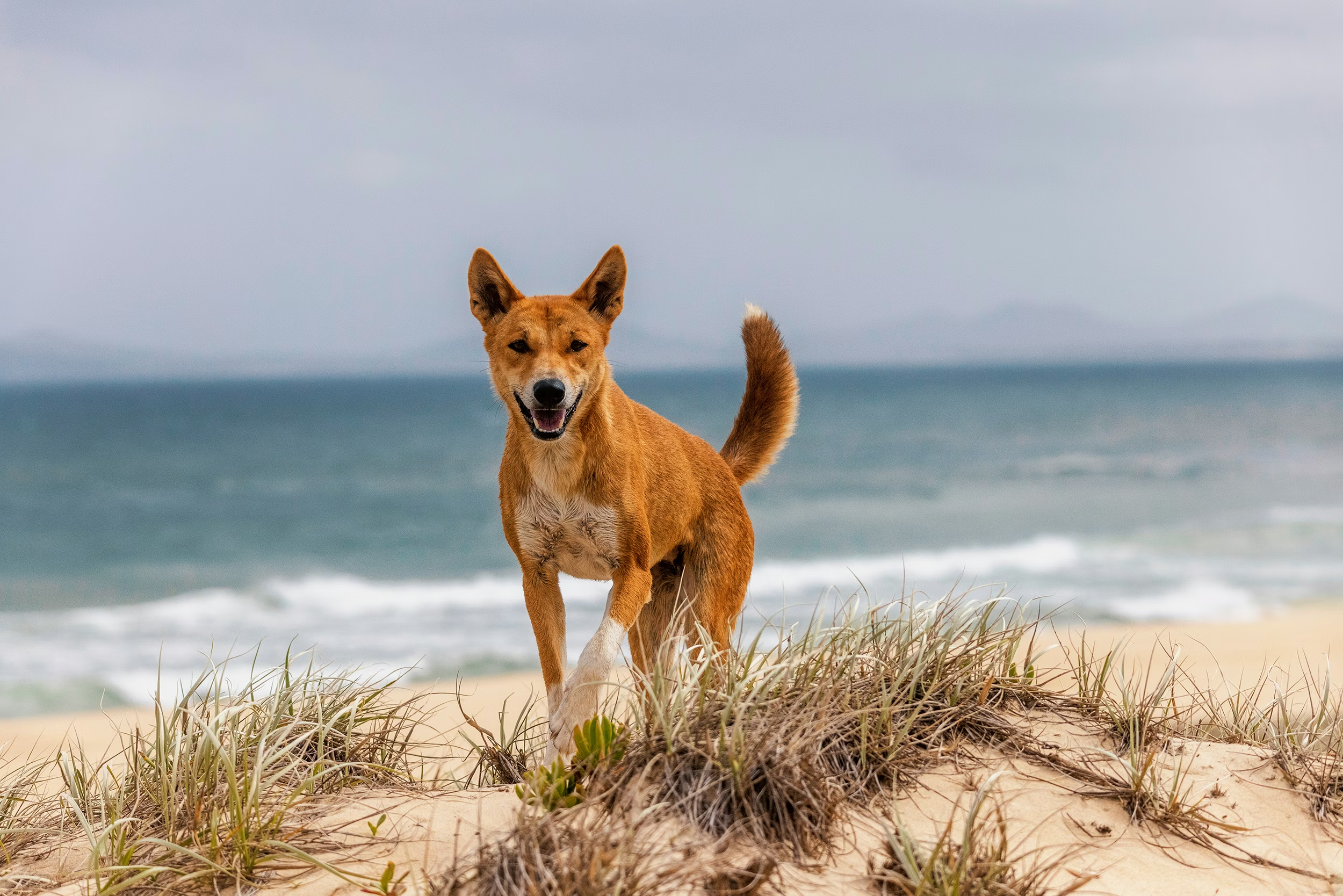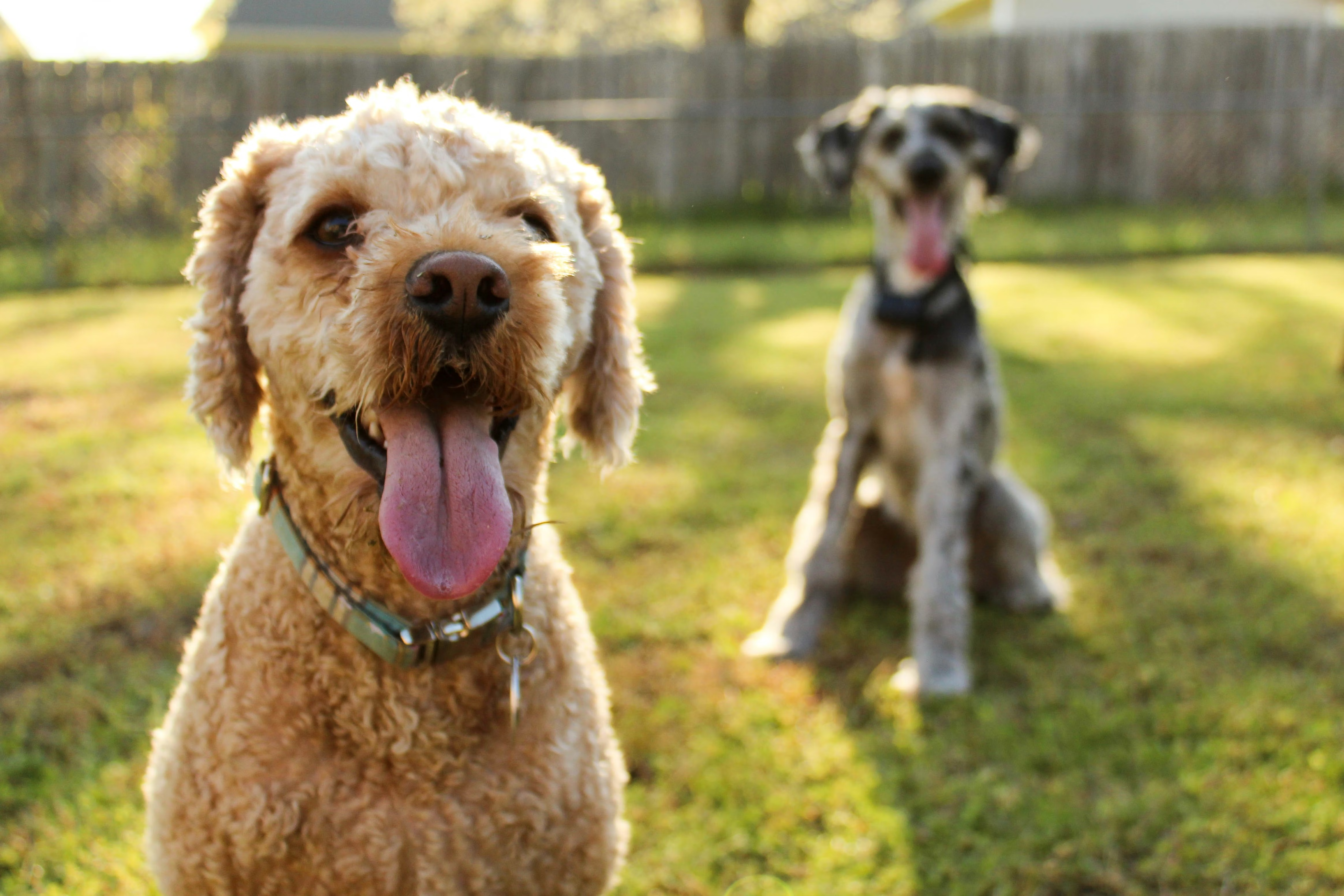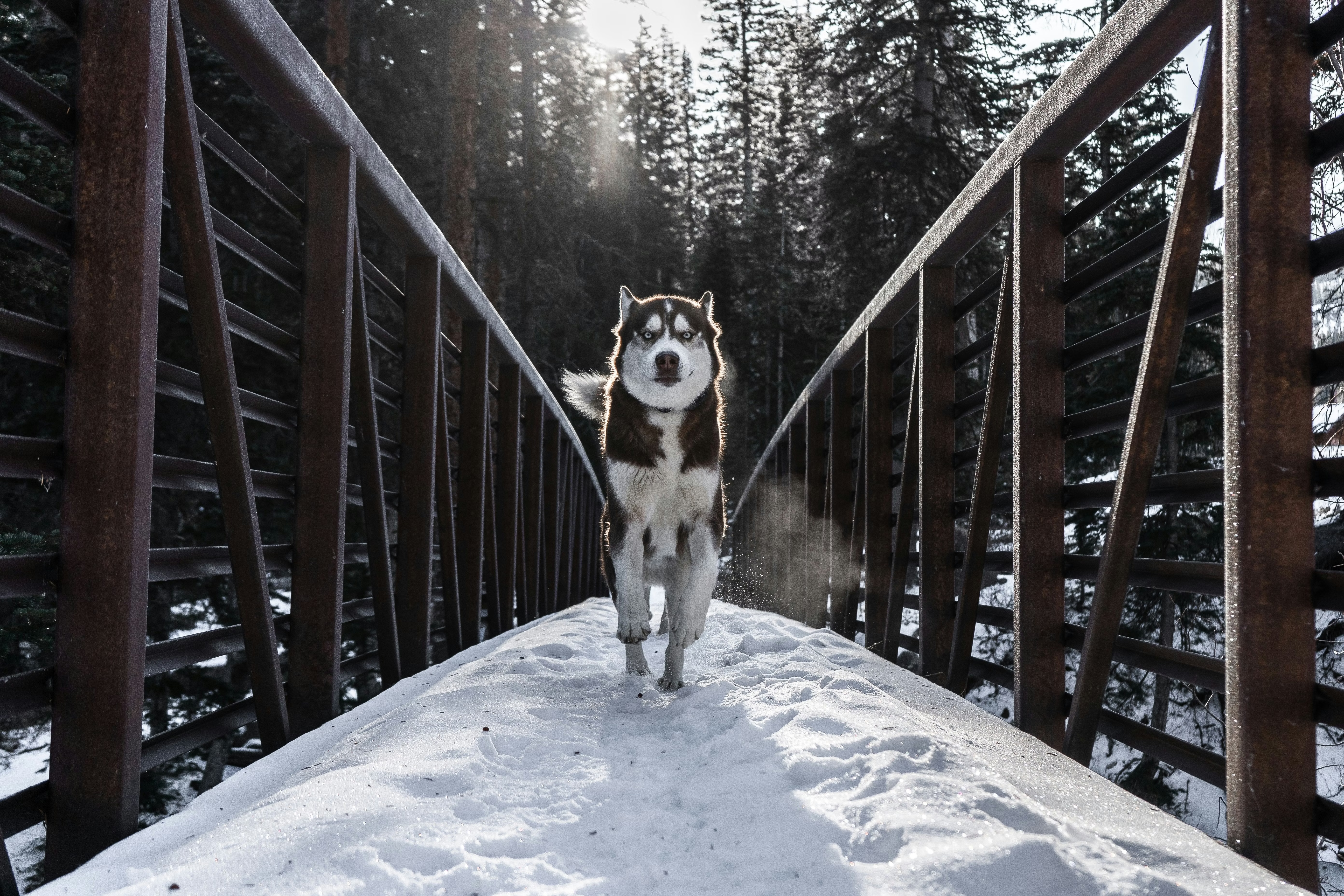If you ask someone to name different types of dogs, chances are they will list breed names like Labrador Retriever or Border Collie. That’s because many people are more familiar with modern dog breeding—the practice of breeding individual dogs or groups of dogs together over time to meet certain standards of appearance or performance set by an association, club or registry. In contrast, there are other populations of dogs, known as landraces, that are genetically similar and often share physical or behavioral traits, but are not typically influenced by the requirements of an organization. In this blog post, we’ll discuss the differences between these two classifications.
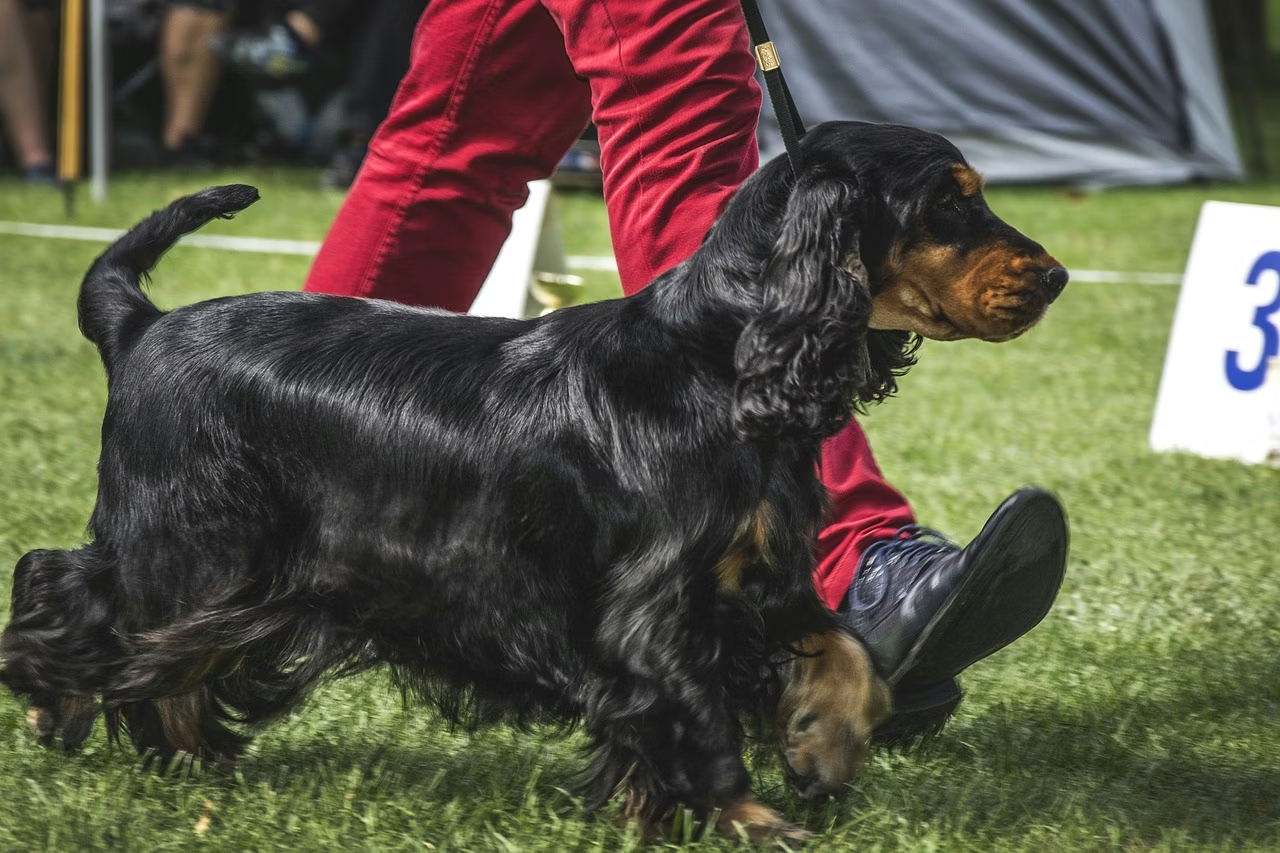
Modern dog breeds
The methods of dog breeding that most people think of today are relatively new. Prior to the 1800s, functional skills—like guarding, herding, or hunting within the context of a particular geography—were likely the primary drivers of breeding decisions.
But since the mid-19th century, breeders have largely prioritized physical appearance and pedigreed breeding lines. In modern dog breeds, a record of a dog’s family tree or pedigree is recorded in a studbook that many breeders contribute to as part of a club or registry. Typically few, if any, outside dogs are introduced into the gene pool after the breed’s initial founding. This new philosophy of dog breeding is attributed to the Victorians. And it was at this time, during the late 1800s and early 1900s that the American Kennel Club (AKC), Royal Kennel Club (RKC), and Fédération Cynologique Internationale (FCI) were founded. Today, entire genetic breed groups are nearly exclusively shaped by this style of breeding.
Victorian-style breeds tend to be highly genetically differentiated, consistent in physical traits and reliably produce these traits (called “breeding true”), and are less genetically diverse than dogs from other sources. These are the types of dogs most Western people automatically think of when discussing populations of dogs.
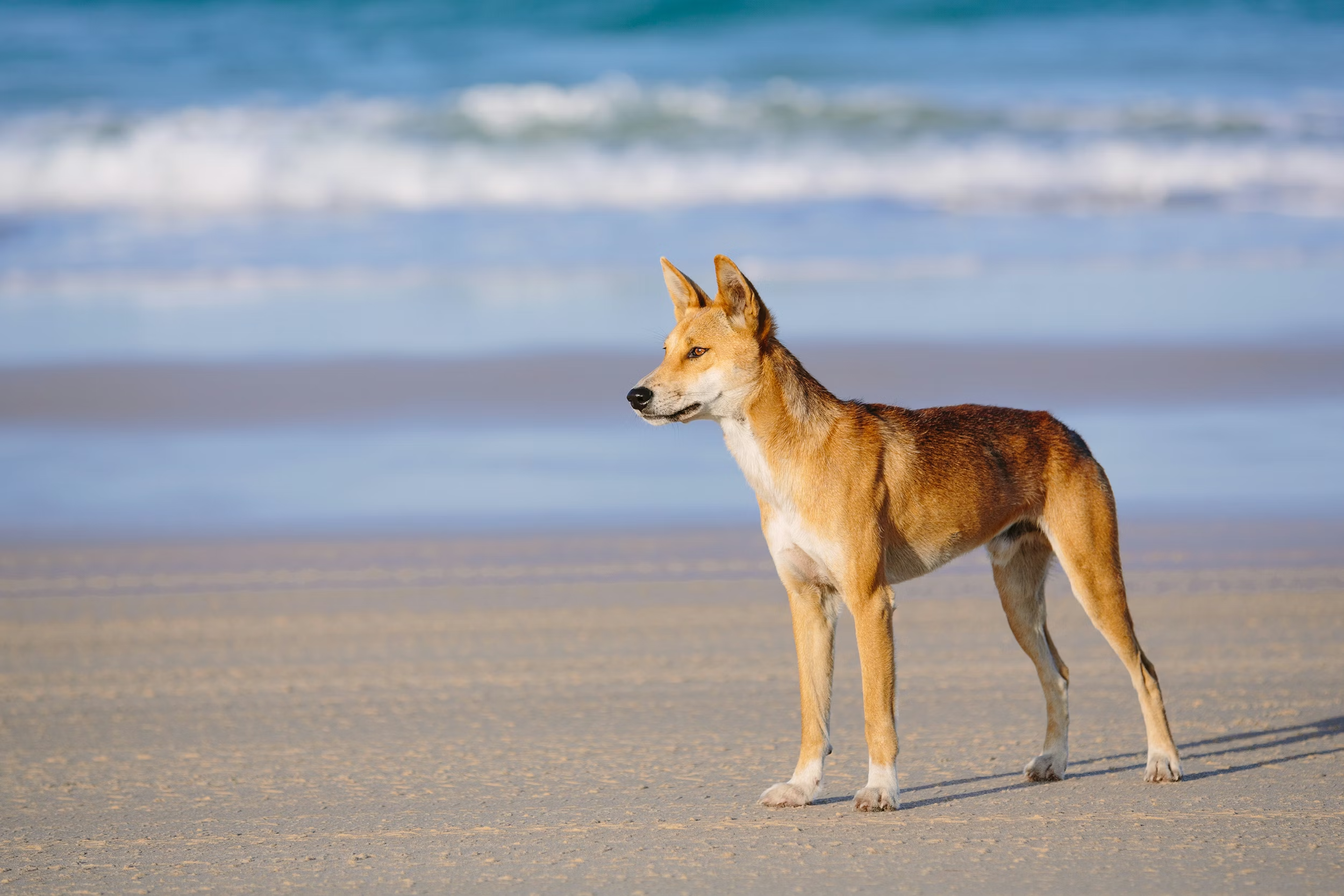
Landraces
Landraces were shaped over long periods of time by varying amounts of human selection, but also by their environment. They are specific to geographic regions, and often used for traditional work with humans, along with other domesticated animals. Unlike breeds, landraces can and often do have new individuals introduced from farther afield. Since large numbers of individual dogs contribute genetic influence, they tend to be less inbred than Victorian-style breeds.
Although breeding records for landraces may exist, their breeding is shaped by the demands of the location—and often by aptitude in their traditional role. Take for instance the Himalayas, where travel is difficult and regions are subject to different climates depending on the particular valleys or mountain faces. This localized variation and geographic isolation has contributed to the development of several dog landraces, which are sometimes referred to as breeds, such as the Tibetan Mastiff or Do Khyi (Tibetan Cultural Area), Apso Do Khyi (Tibetan Cultural Area), Bhote Kukur (Nepal), Gaddi and Bhutia (India), Bankhar (Mongolia), Bjop Chi (Bhutan), and Bakarwal (Pakistan). In reality, all of these are or were landraces that likely have shared ancestry and have interbred over the centuries to some degree as local peoples traded dogs.
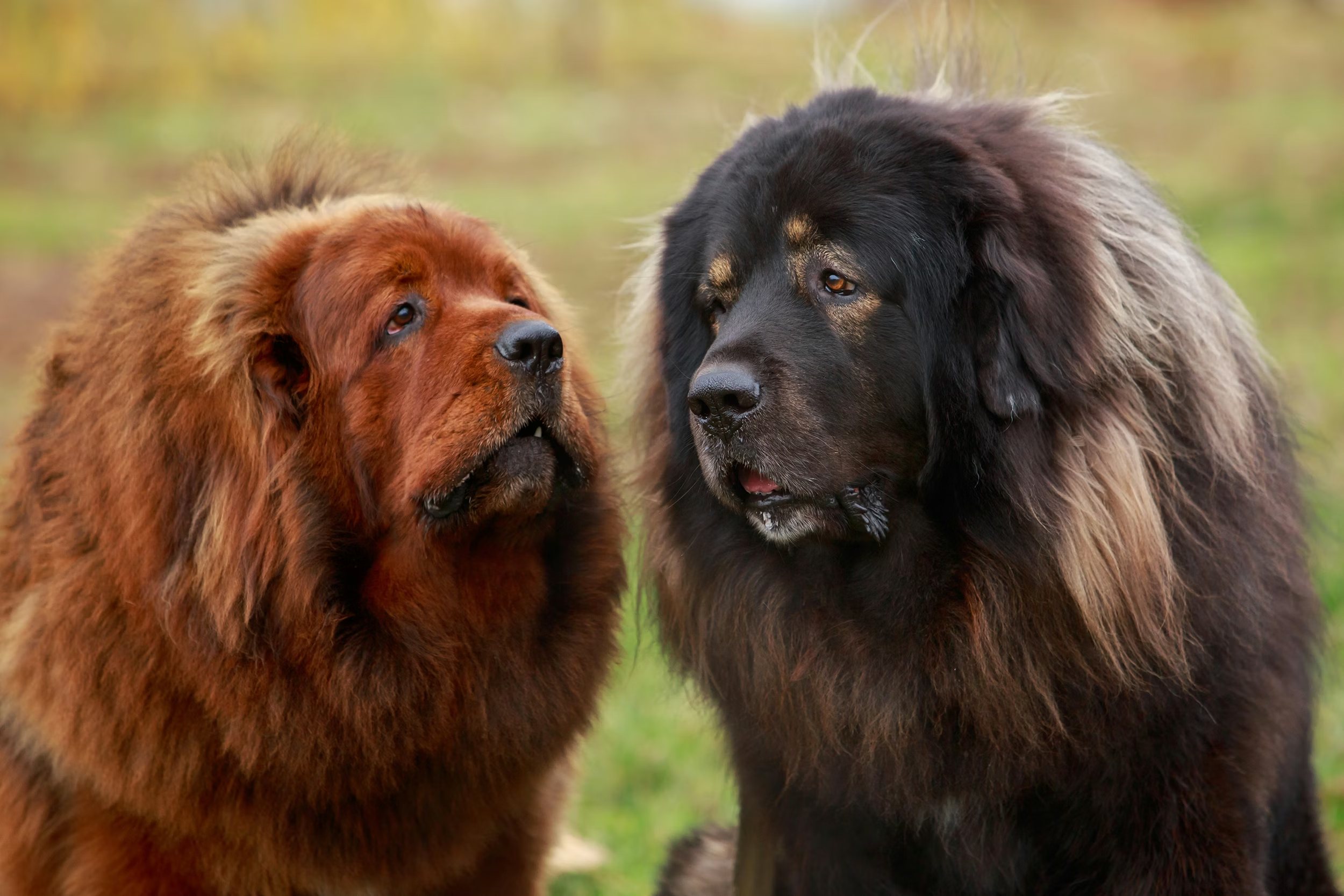
Confusion between breeds and landraces
Because of the natural inclination to view dogs as Victorian-style breeds by default, many dogs from rural regions of the globe have been labeled “breeds” when landrace would be a more accurate description.
To muddy the waters further, many former landraces have gained global popularity and are now being managed as pedigreed breeds, so they may fall somewhere in between a breed and a landrace, depending on their source. Globalization and pedigree breeding does change the genetic character of these dogs, as landraces are first and foremost of value to the local people for a particular use. The Basenji, Central Asian Ovcharka, and Korean Jindo are examples of landraces that have seen the influence of pedigree breeding.
Many landraces are best classified functionally as hunting dogs or livestock guardian dogs. Popularity of these dogs outside their homeland may increase risk of loss of some fitness for their original role, or decrease tolerance for variation between individuals, but in some cases, has also prevented the extinction of landraces by decreasing reliance on a particular people or region to ensure their survival. For example, the Chinese Shar Pei was reported by The Guiness Book of Records in 1978 as the world’s rarest breed, and nearly went extinct in China due to political turmoil. The resulting outcry resulted in popularization of a new subtype in the US, and in reaction, a greater interest in preservation of the traditional type in Hong Kong.
